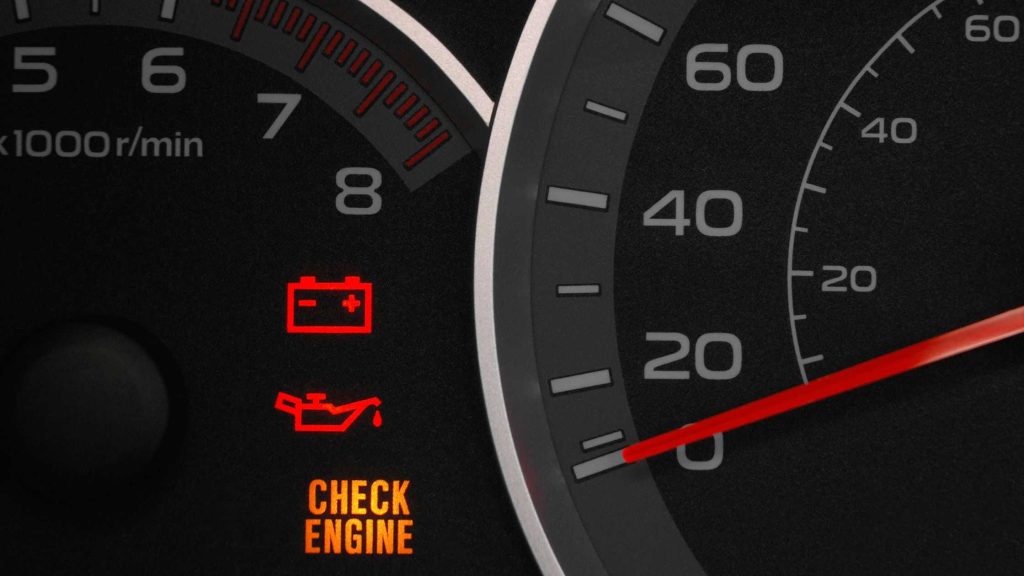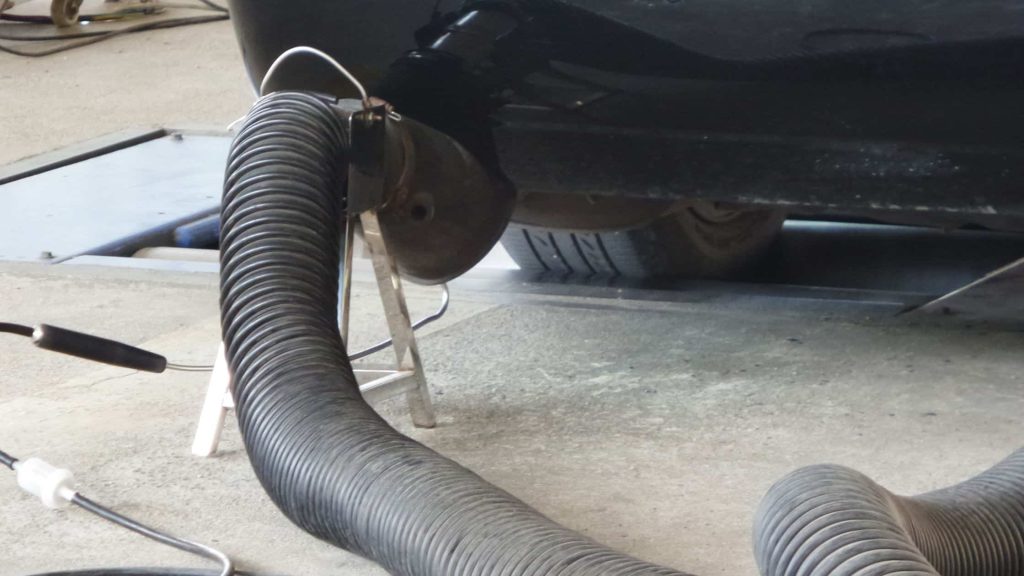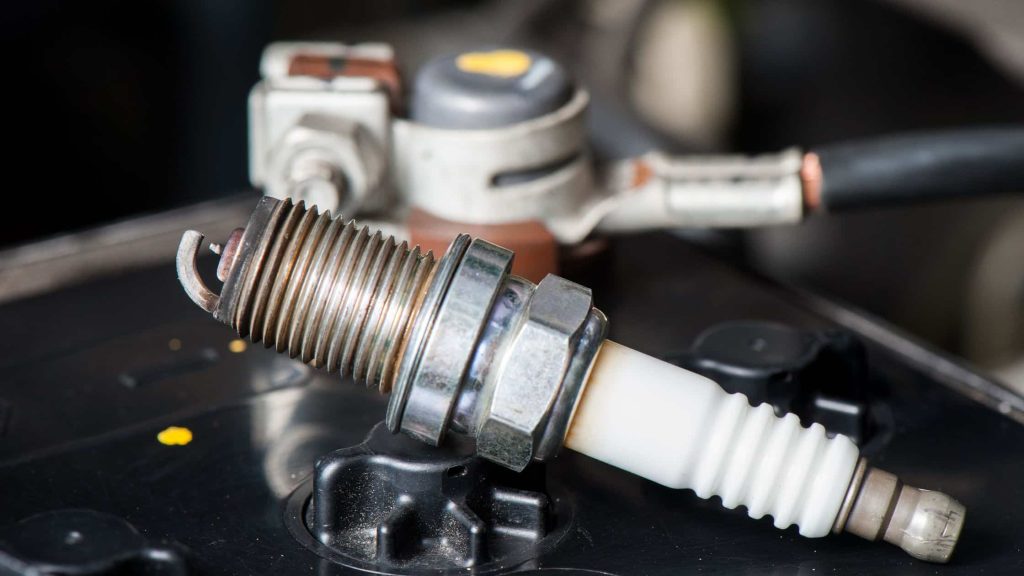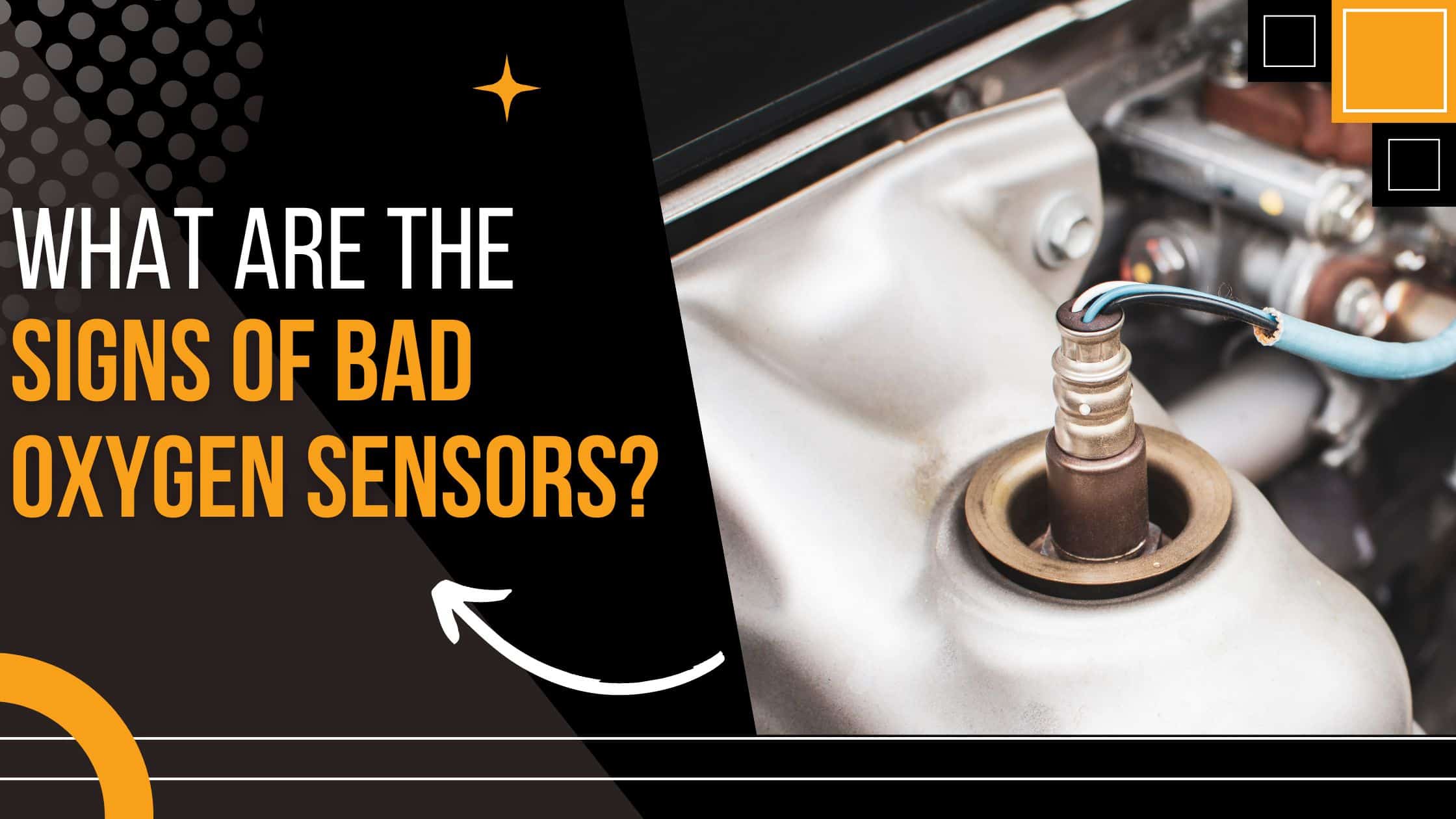Many people have a question in mind ” What Are The Signs Of Bad Oxygen Sensors? Read this blog till end to know all the major signs and tips to prolong the life of your car oxygen sensors.
Cars are one of the most amazing creations of humanity. Today, we drive luxurious cars with all the facilities. However, a few centuries back, it was impossible to imagine that you could travel long distances while sitting comfortably, but the same is a reality now.
A car’s working depends on several components. The car engine needs an appropriate fuel and oxygen mixture for combustion and generation of energy. In this blog, we will discuss what is an Oxygen sensor and what does it do? The Oxygen sensor measures how much oxygen is present in the fuel mixture by measuring how much oxygen is unburned. Oxygen is present in the exhaust as it leaves the system. Based on the oxygen level recorded, the sensors signal if you must add more fuel or deduct it for proper functioning.
What Do Oxygen Sensors Do?
The primary function of an oxygen sensor is to optimize the car’s engine-fuel ratio. To run your car optimally, you need to have an appropriate mixture of air and fuel in the combustion chamber. The Oxygen sensor measures the oxygen level in the released exhaust after combustion compared to outside oxygen. It sends the information to the vehicle’s computer, which adjusts the air-to-fuel ratio. The engine is said to run high if there is excessive fuel compared to the stand. The machine is said to run lean if there is less fuel than air.
If the oxygen sensor fails, the engine computers fail to set the appropriate fuel-to-air ratio, resulting in a lower oxygen ratio, poor fuel economy, and damage to the engine.
What Are The Signs Of Bad Oxygen Sensors?
There are different signs that tell you that you have bad oxygen sensors. Some of them are apparent, and others are just subtle hints from which you have to infer that the sensors have a problem. In the following paragraphs, let us look at some of the symptoms.
Glowing Check Engine Light

This is the most apparent symptom which depicts that your engine has some problem, including lousy oxygen sensors. A bright orange check engine light glows, which indicates that there are problems with the oxygen sensors. The glowing check light can also result from other issues, such as loose gaps cap. It is advisable to contact a professional mechanic or car auto shop to diagnose the actual problem. Likewise, you can perform an OBDII diagnostic test and obtain specific error codes such as P0172(system too high), P0430(catalytic converter not working correctly and, in turn, the O2 sensor is out of function), P0136(heated oxygen sensor circuit malfunction), P0131(O2 sensor circuit low voltage in the bank1, sensor 1).
Failed Emission Tests

Failing emission tests are another symptom of a defective sensor. We know that the O2 sensor is designed to reduce air contaminants by controlling the air and fuel mixture in the engine, which reduces the number of pollutants in the exhaust emitted through the tailpipe. Your engine fails the emission test when the O2 sensor does not work correctly, and the engine produces fumes that the catalytic converter cannot analyze.
Engine Misfiring/Idling/Stalling

The primary cause of engine misfiring is a spark, fuel, and oxygen not being in sync. When you have a faulty oxygen sensor, the energy and oxygen are not in the ideal ratio and will cause frequent misfiring and idling. A failed O2 sensor will also cause other engine irregularities, such as stalling of the vehicle, engine hesitation, and power loss on starting the car. If you encounter any of these symptoms, search for full car diagnostic test near me and get your O2 sensors checked.
Bad Fuel Economy/Gas Mileage

Another symptom of a faulty O2 sensor is poor fuel economy. It is primarily a problem with old vehicles where the fuel is injected through the carburetor. Poor fuel economy is usually a problem because your engine components are worn out and can be rectified by fixing the loose vacuum hose or changing the carburetor settings. Still, if you have installed new O2 sensors and have this problem, it can also be a problem of faulty O2 sensors. A faulty O2 sensor will not indicate the ideal oxygen-to-fuel ratio, which results in poor fuel economy. You can monitor your fuel efficiency by measuring the MPG value. A decreasing MPG value is a sign that you need to get the O2 sensors replaced.
Faulty Spark Plugs

If your spark plugs have carbon deposition on them, it indicates that the fuel-to-air mixture is too high and is a sign that your engine is receiving too much fuel and not an appropriate amount of oxygen. This deposition around the spark plugs can cause misfires.
Black Exhaust Fumes

Another apparent sign that your O2 sensors are defective is the emissions of black exhaust fumes. It is also due to too much fuel in the engine (fuel-to-air mixture is high), which happens when the O2 sensor fails to indicate ideal oxygen to fuel-air.
Does The O2 Sensor Cause Sputtering?
The main purpose of the O2 sensor in your car engine is to monitor oxygen levels. If the proportion of oxygen and gas is not maintained in a correct ratio, then your engine won’t function effectively. A sputtering in the car indicates that the O2 sensor is not operating well. The sensor may be faulty or would have been fixed improperly.
The O2 sensors are also a very important part of the exhaust system. If the O2 sensor malfunctions or reflects incorrect readings in the car’s computer, this will lead to an impact on the working of the exhaust system and the engine will have a bad effect. These too can cause sputtering.
How Long Do Oxygen Sensors Typically Last?
The Oxygen sensors are prone to very high heat when the engine operates. Due to this when the vehicle is parked and not running, the sensors will degrade with time. The Oxygen sensors have a life of around 50000 to 60000 miles. But if you are taking proper care of your car and have maintained the engine in good condition then there is a possibility that sensors may last even up to the life of your car. On the other hand, if you are careless about your car and don’t maintain the engine in a good manner then there are chances that sensors may fail before time and might have to be removed so that new sensors can be installed.
Tips To Prolong The Life Of Your Car Oxygen Sensors
- Don’t use low-quality fuel.
- Try to read the car manual which gives some recommendations for octane rating. Don’t use fuel that has a lower octane level.
- Take proper care of your car. Get your car serviced at regular intervals. During service, ensure that spark plugs and filters are properly cleaned.
- Vehicle inspection of your car must be done at least once a year.
Make sure that sensor and interface electronics have been put up properly.
- Check the environment in which the oxygen sensors are going to be used. For instance, the atmosphere in which the zirconium dioxide oxygen sensor operates has a direct impact on the lifespan of the oxygen sensor.
- The oxygen sensor must be secured from chemicals. It can be harmful to the sensor.
Conclusion
Oxygen sensors are an essential component in the car. If you love your car then you must take care of the oxygen sensors present in the car. The oxygen sensor helps in optimizing the car’s engine-fuel ratio. In the above paragraphs, we have mentioned the signs of bad oxygen sensors and how to prolong the life of your car’s oxygen sensors.
Always choose the professional and best car service workshop in Perth so that your car always stays in a good condition. Ensure that you take proper care of the car. The more you take care of the car, the more it will take care of you.

